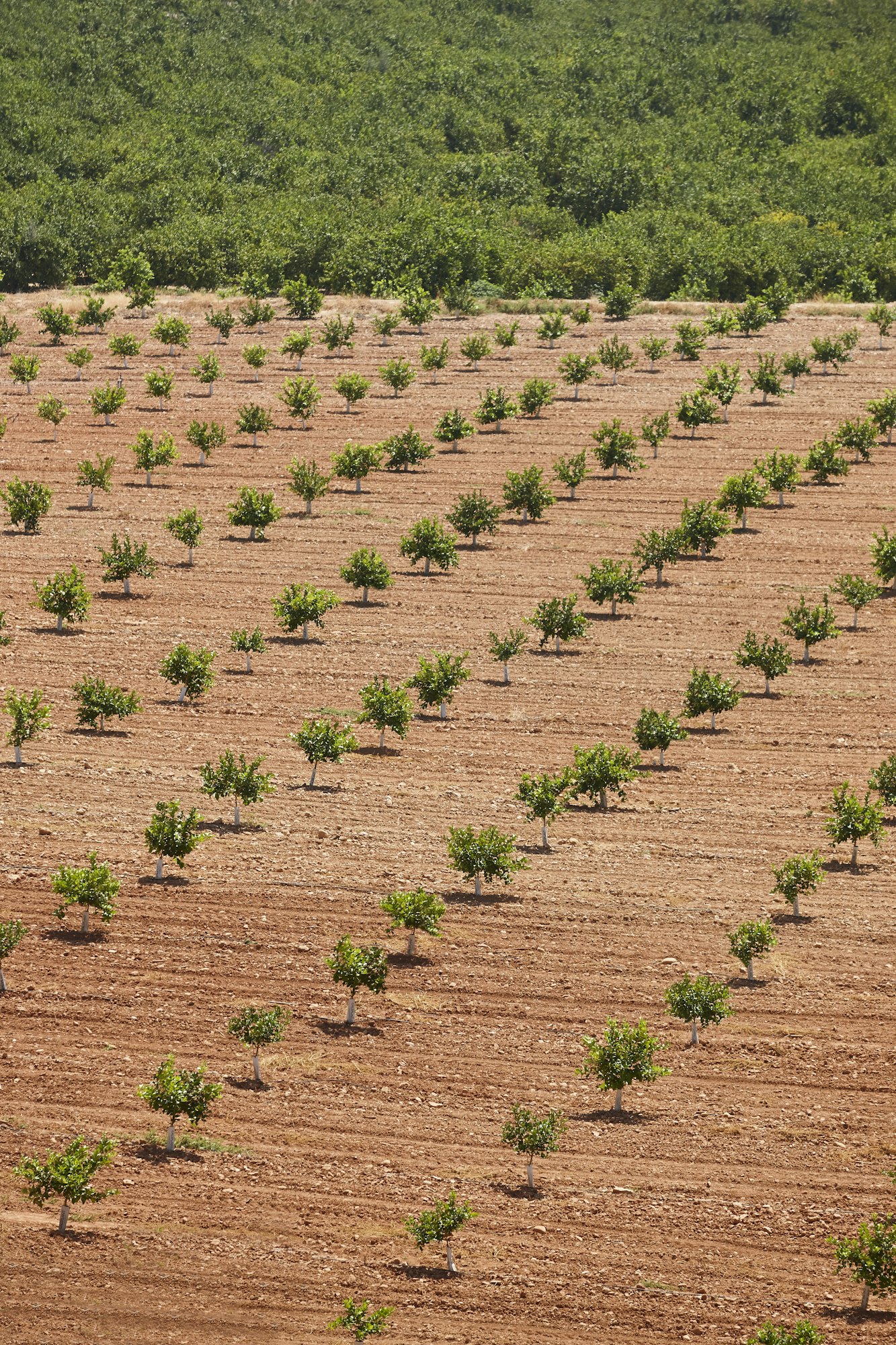Can Urban Vertical Farming Meet the Food Demand of Growing Populations?

As the world’s population continues to grow, the demand for nutritious, sustainable food also steadily rises. Traditional methods of agriculture struggle to keep up, with issues of land scarcity, water shortages and the need for more sustainable energy sources. Hence, the concept of urban vertical farming comes into play. This innovative system of farming provides an alternative solution to the food production challenges we face. Let’s delve into how urban vertical farming works and if it can meet the food demand of growing populations.
What is Urban Vertical farming?
Urban vertical farming is a revolutionary approach to producing food in urban areas, where space for traditional agriculture is limited. Instead of spreading out, urban vertical farms grow up, utilizing multi-story buildings to grow crops in a climate-controlled environment. This ingenious method of farming allows for year-round crop production, regardless of the changing seasons or weather patterns.
In parallel : How Is Augmented Reality Transforming Classroom Learning Experiences?
In a nutshell, urban vertical farming is the practice of growing crops in vertically stacked layers, often integrated into other structures like skyscrapers, used warehouses, or shipping containers. It integrates several technologies, including hydroponics, aquaponics, and aeroponics, to grow food without soil.
How does Urban Vertical Farming Work?
But how does this high-tech system work? The vertical farming system uses cutting-edge technologies to provide the necessary nutrients to the plants. These can include hydroponics, where plants are grown in a nutrient-rich water solution instead of soil. There’s also aeroponics, a method of growing plants in an air or mist environment without the use of soil or an aggregate medium.
Topic to read : Experience luxury with chauffeur service in paris, france
In a typical urban vertical farm, plants are housed in identical trays that stack on top of each other, with each layer having its own lighting and watering system. The vertical nature of the farm means it uses less land and water than traditional farming methods while producing significantly more per square foot.
Controlled-environment agriculture (CEA) technology ensures that crops get the perfect amount of moisture, light, and nutrients. The indoor nature of vertical farming allows crops to be grown year-round, which increases their yield per square foot.
The Potential of Urban Vertical Farming
Urban vertical farming holds tremendous potential for revolutionizing food production, especially in densely populated cities. This innovative farming method can produce crops with up to 70-95% less water than traditional farming, and because it’s based in an urban setting, it reduces the need for long-distance transportation of food. This means fresher produce for consumers and less carbon emissions overall.
Another advantage is the ability to grow food organically, without the use of pesticides. Since the environment is controlled, there’s a lesser chance of pests or diseases affecting the crops. This results in healthier and safer food for the consumer.
Moreover, vertical farming allows for year-round production of crops, which can help food-shortage areas become more self-sufficient.
Challenges for Urban Vertical Farming
Despite its potential, urban vertical farming faces a few challenges that could hinder its widespread adoption. Firstly, the start-up costs for these farms are quite high, as they require significant investment in infrastructure and technology.
Another challenge is energy use. Although vertical farming uses less water, it requires a lot more energy, especially for lighting. This issue can be mitigated by using energy-efficient LED lights and renewable energy sources, but it’s still a concern.
Lastly, vertical farms are limited in the types of crops they can produce. Most vertical farms focus on fast-growing, high-value crops like lettuce, kale, and herbs. Growing staple crops like wheat or corn is currently not feasible due to their size and growth requirements.
Despite these challenges, the advantages of vertical farming are significant and its potential in meeting the food demand of growing populations cannot be underestimated. However, for it to become a mainstream food production method, more research and development will be required to overcome the hurdles.
Now that we’ve taken a deep dive into the world of urban vertical farming, we can begin to understand its potential and the challenges that lie ahead. Can it meet the food demands of growing populations? Only time will tell. But one thing is certain, vertical farming is a revolutionary approach to food production that has the potential to reshape our cities and improve the sustainability of our food systems.
Urban Vertical Farming and Food Security
Urban vertical farming can significantly contribute to food security, particularly in urban areas where space is often limited. It provides a sustainable solution to the global challenge of feeding a rapidly expanding population. As discussed earlier, urban vertical farming enables the year-round production of crops and is less affected by changing weather patterns or seasonal variations, unlike traditional farming methods.
By growing crops in a controlled environment, urban vertical farms reduce the risk of crop failure due to pests, diseases, or adverse weather conditions. This stability in food production can greatly enhance food security. Vertical farming also allows for the cultivation of a diverse range of crops in one location, further contributing to food availability and dietary diversity.
However, the impact of vertical farming on food security extends beyond urban areas. By freeing up land traditionally used for agriculture, this farming method can alleviate pressure on rural areas, promoting biodiversity and environmental sustainability. Notably, vertical farming also reduces water usage – a critical benefit considering the increasing water scarcity due to climate change.
Despite these benefits, it’s important to note that vertical farming currently focuses on producing high-value, fast-growing crops. It’s less suitable for staple crops like wheat and corn due to their size and growth requirements. To fully leverage the potential of vertical farming in enhancing food security, advancements in technology and research are needed.
Environmental Impact of Urban Vertical Farming
Notwithstanding the various challenges it faces, urban vertical farming has the potential to significantly reduce the environmental impact of food production. It is a sustainable alternative to traditional farming methods, with the capacity to produce more food per square foot while minimizing water usage.
A notable environmental benefit of vertical farming is its ability to reduce the carbon footprint of the agriculture industry. With farms located in urban areas, the need for long-haul transportation of fresh produce is significantly reduced, resulting in lower carbon emissions. Furthermore, vertical farming’s ability to function without pesticides means healthier soil and less contamination of groundwater.
However, vertical farms are energy-intensive, primarily due to their reliance on artificial lighting. Innovative solutions like energy-efficient LED lights and renewable energy sources can help mitigate this issue, but achieving a truly sustainable energy solution for vertical farming remains a key challenge.
Moreover, by converting unused urban spaces into productive farms, vertical farming can contribute to urban greening efforts, improving air quality and reducing the heat island effect common in cities.
Conclusion
As the demand for food continues to rise with the growing global population, innovative farming methods like urban vertical farming are gaining attention as potential solutions. Its benefits, from sustainable food production and enhanced food security to environmental sustainability, are undeniable.
However, urban vertical farming is still in its early stages and faces several challenges. High start-up costs, energy use, and the limitation to certain types of crops are among the hurdles that need to be overcome.
With continued research and development and the integration of renewable energy sources, vertical farming could become a key player in sustainable urban agriculture. Whether it can single-handedly meet the food demand of growing populations remains to be seen. But one thing is certain – urban vertical farming is paving the way for a future where food production is more sustainable, efficient, and resilient to climate change.
